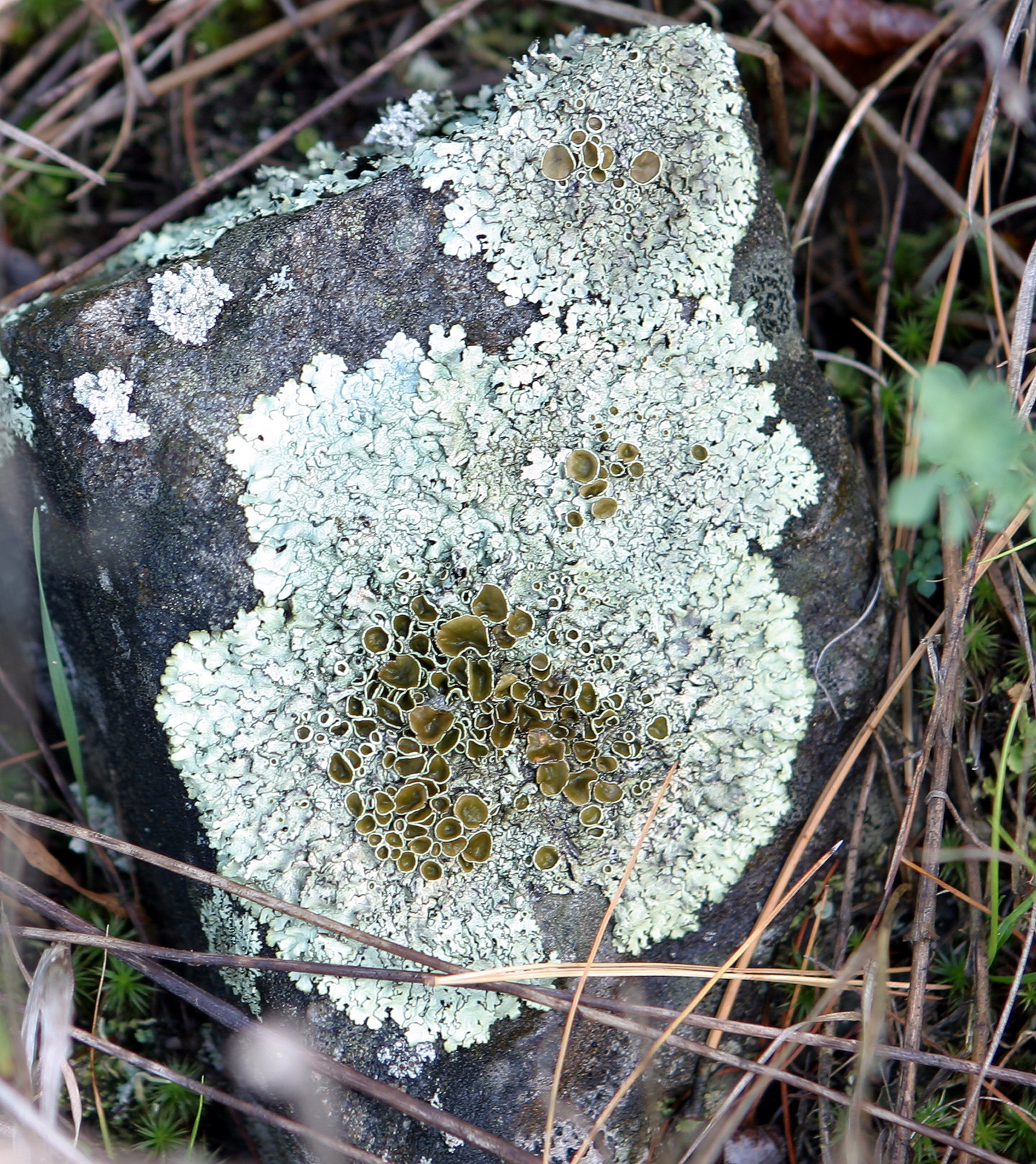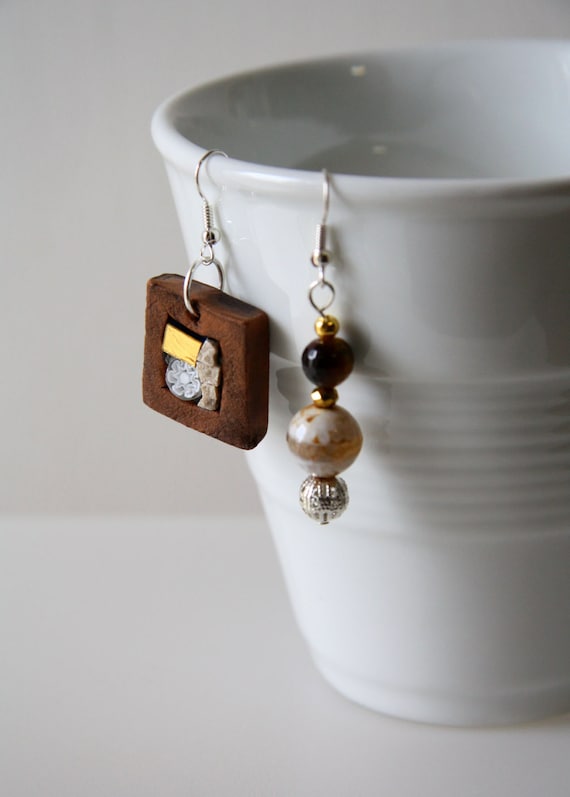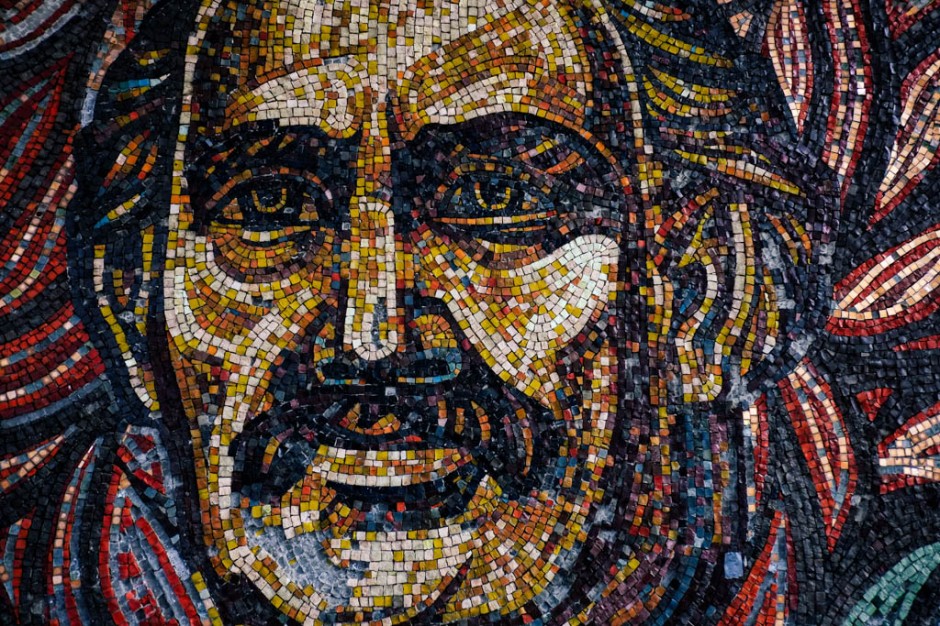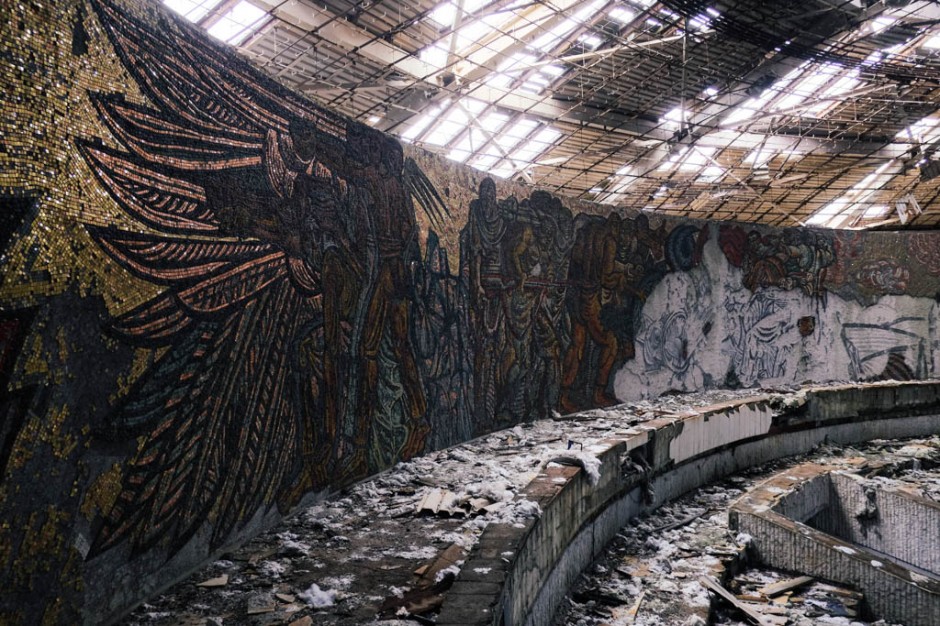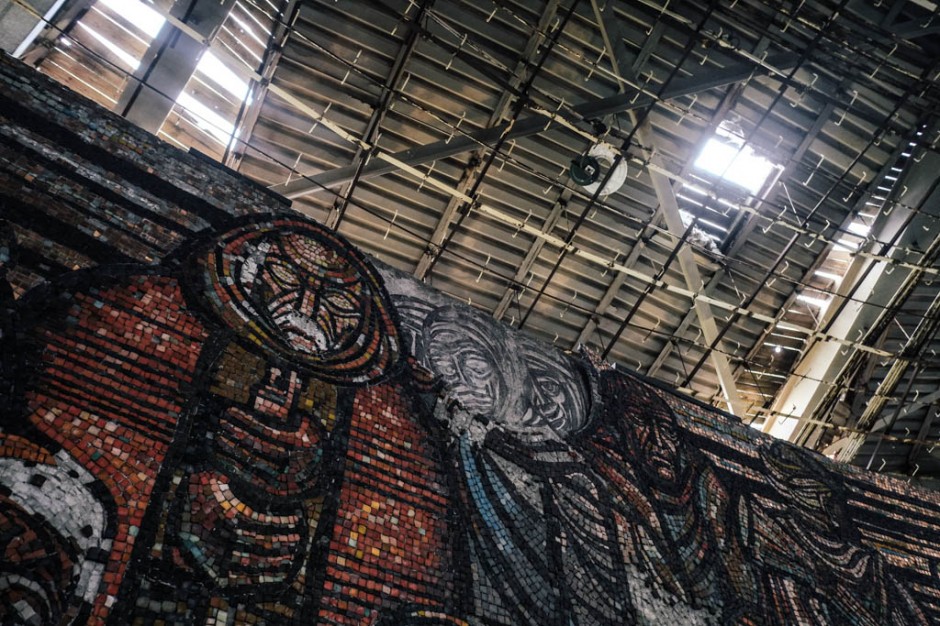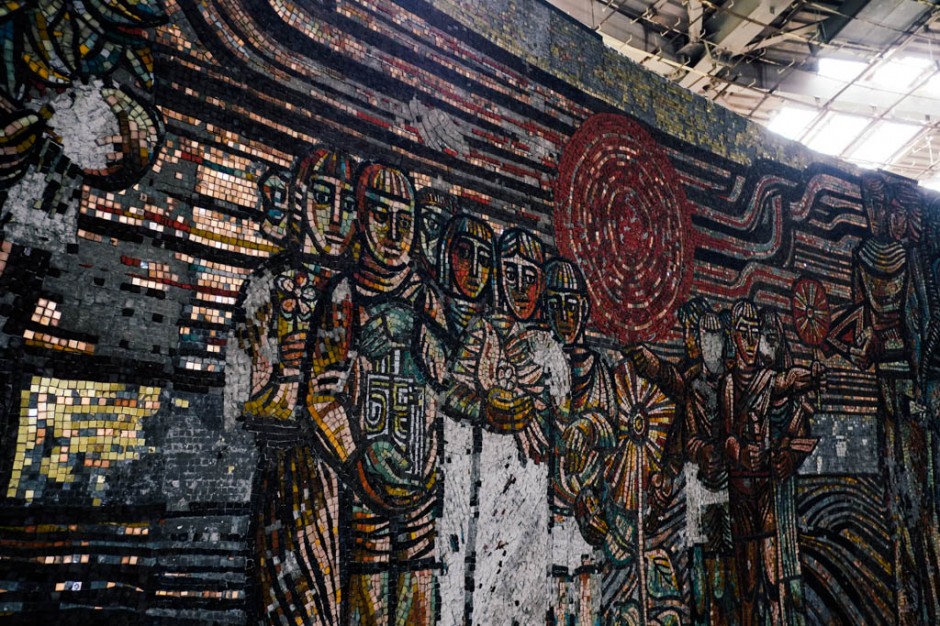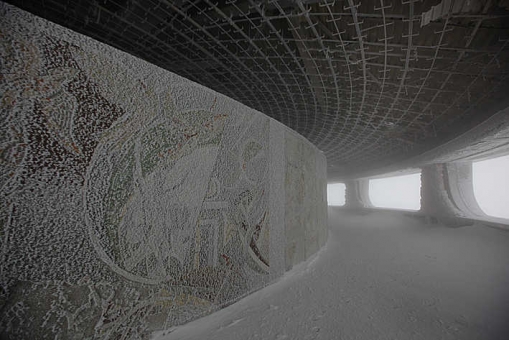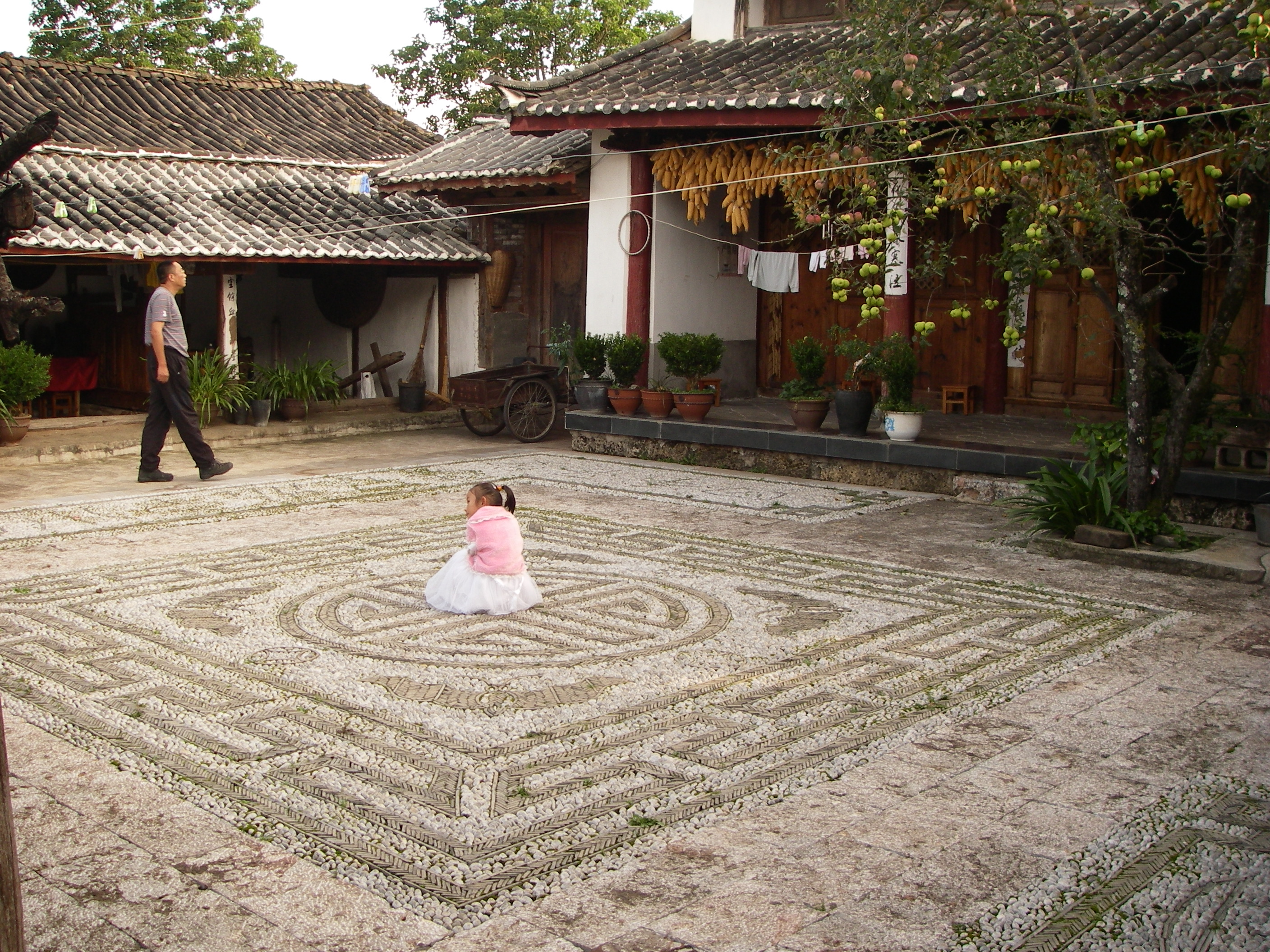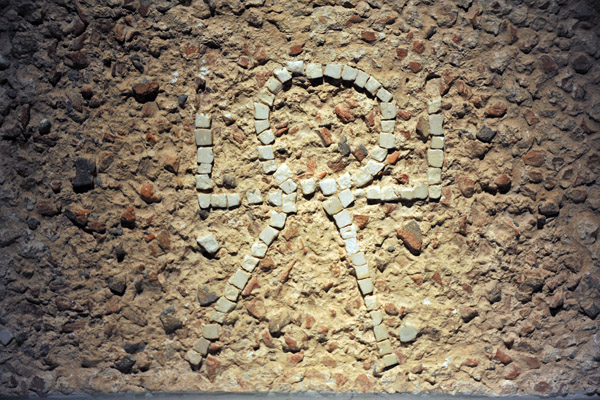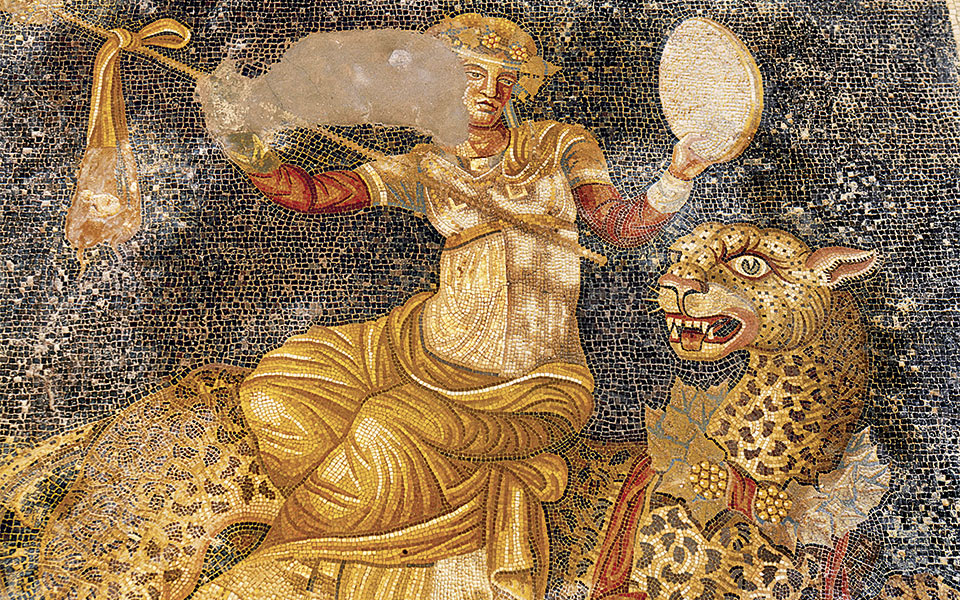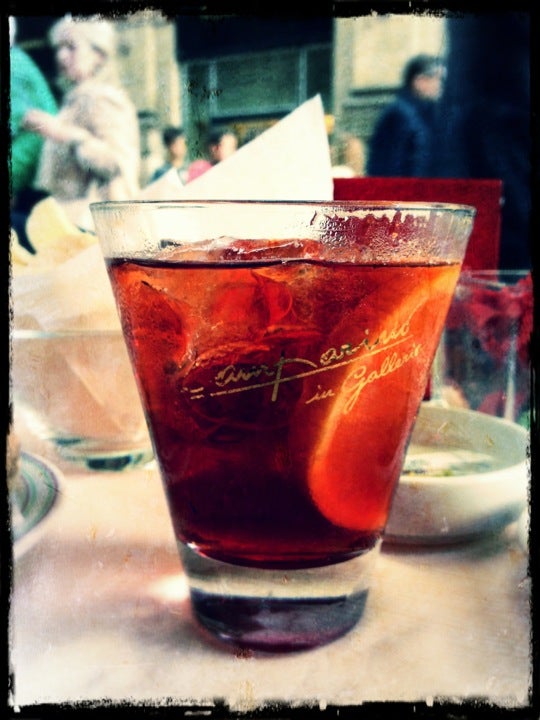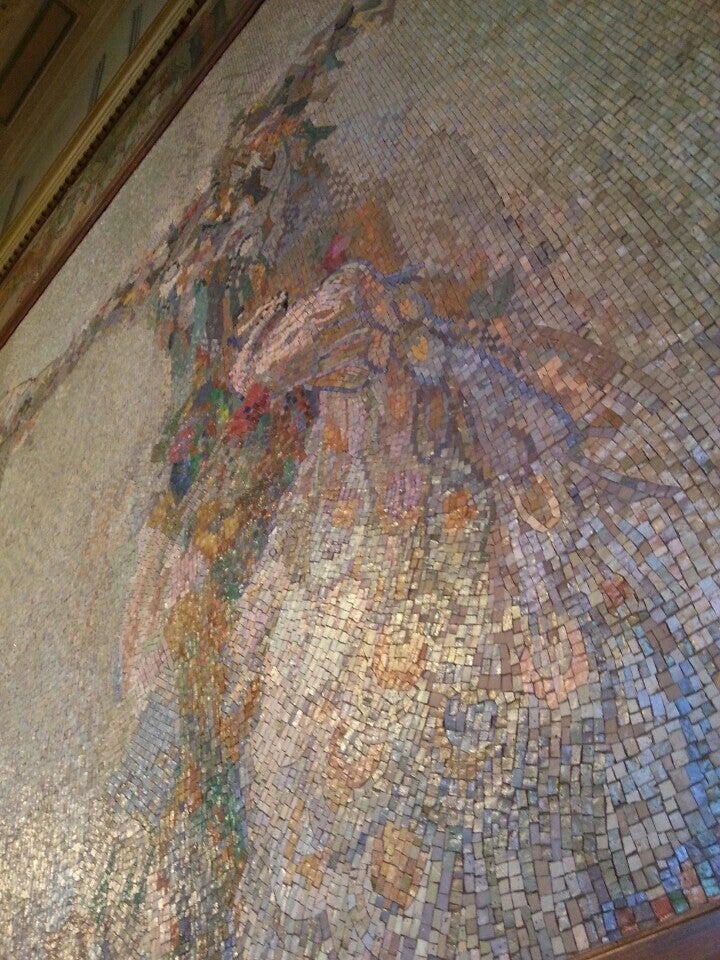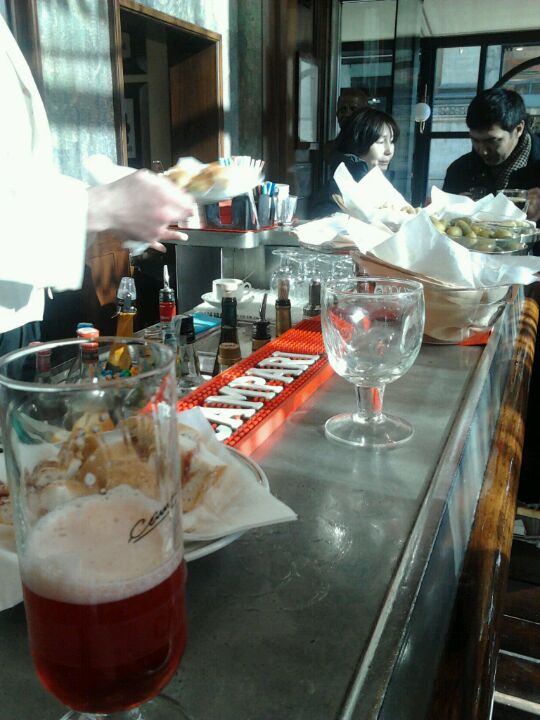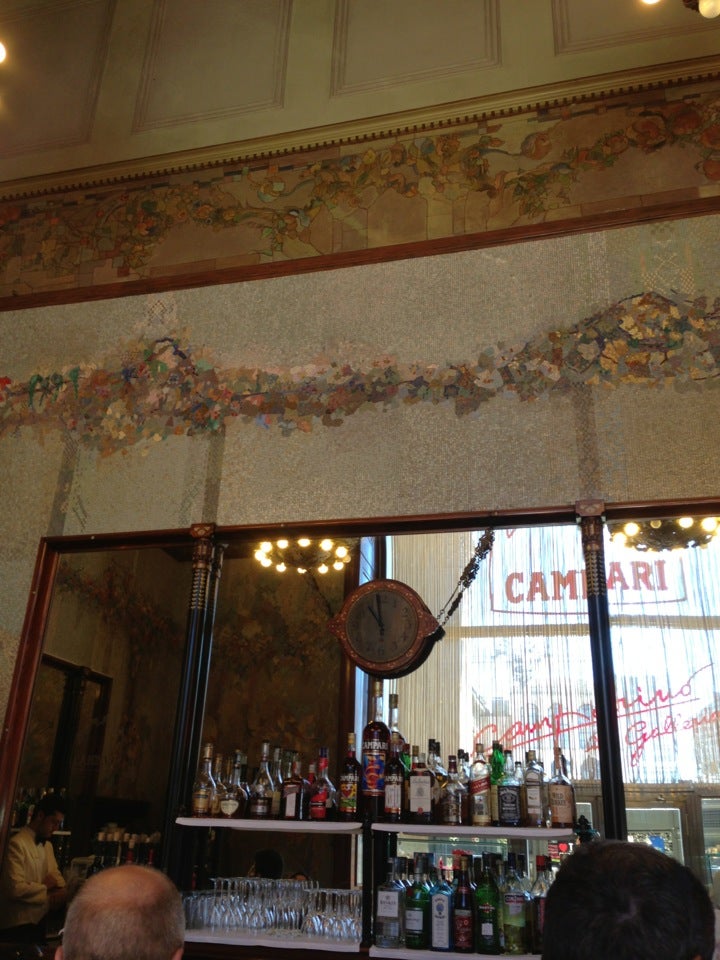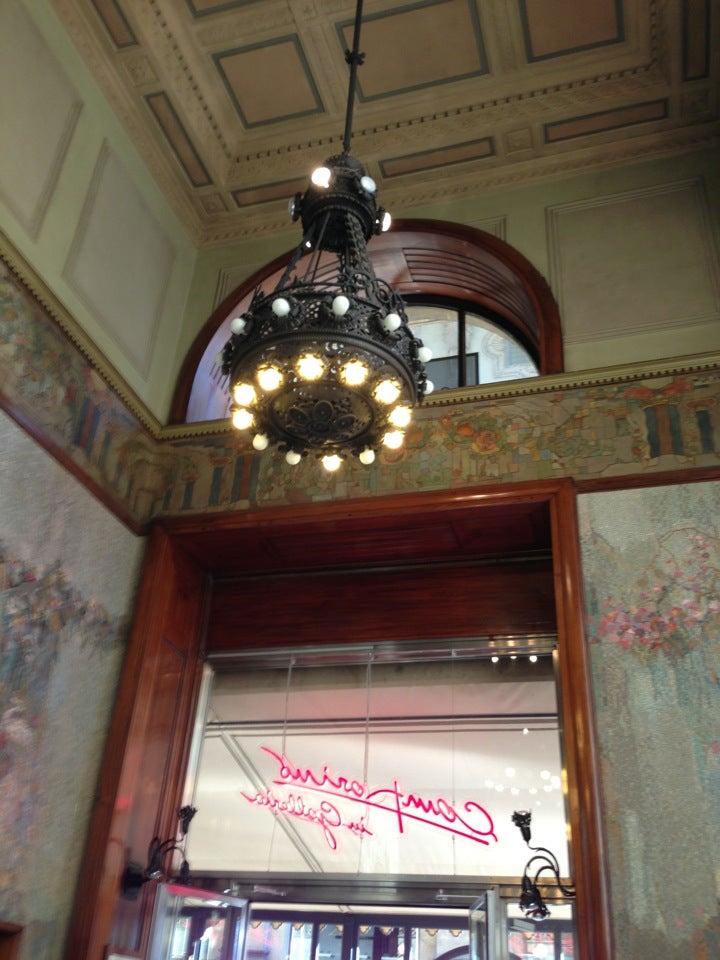Wednesday, December 18, 2013
Happy holidays
Xmas is around the corner and I am getting ready to make some tiramisu and English Xmas cake! I am lucky I am not doing this alone.
MERRY XMAS and HAPPY NEW YEAR everyone! Please stay cool and smile.
The photo features a mosaic created by Andrew Bertell and I really couldn't wait till the day I was going to post it cause I really love it.
Monday, December 16, 2013
the perfect gift for a #mosaic art blogger
I have just received the most wonderful gift through the post today and I am so HAPPY and GRATEFUL to my friend Simona who thought of creating this for me. I can't believe how beautiful and lightweight these earrings are! Her idea to create her own settings using terracotta is unique and is certainly a definite plus for those who want to ear mosaic jewellery but have been reluctant to do so because of their weight. Also, they are of a perfect size. Not too small, not too big!
And for those of you interested in buying something created by Simona, please note that for the month of DECEMBER there's FREE SHIPPING!
Here's the link to Simona's shop: www.etsy.com/shop/imosaicidisimona
THANK YOU SIMONA.
Sunday, December 15, 2013
Cobblestone streets from around the world - ENGLAND (E.Sussex)
Mermaid Street in Rye, East Sussex
I visited Rye a few times while I was living in England. I will never forget it. One thing I remember particularly well is when I looked through the window of one of those 15-17th century houses. The ceiling was so low that only Lilliputians could live in them. I also remember the bread we bought from a bakery. Am I missing England or what?
image credit
Thursday, December 12, 2013
I see #mosaic in Xanthoparmelia
Nature is unpredictably and incredibly rich of all the inspiration an artist needs.
The name of the organism in the picture above is Xanthoparmelia. A lichen is a "composite organism consisting of a fungus (the mycobiont) and a photosynthetic partner (the photobiont or phycobiont) growing together in a symbiotic relationship" (wikipedia).
A presto, M.
Wednesday, December 11, 2013
Cobblestone streets from around the world - ROME
Cobbled alley going uphill somewhere in Rome, a city, a work of art itself, the outcome of creativity, history and craftsmanship throughout time making statements no city can beat.
Image from HERE
Adventures in crochet (a hobby as relaxing as mosaic)
I know this post doesn't exactly fit in a mosaic blog. But I am posting this anyway because working with yarn is known to have amazing relaxing qualities just like mosaic art. A while ago I happened to come across some fantastic washcloths made of thick cotton yarn and I said "let me give it a try". Needless to say, I have become addicted to it. All you need to get is yarn and a hook. It's the best hobby for those in need to relax and be creative at the same time (and who don't have space and time for mosaic making).
Thursday, December 5, 2013
Un viaggiatore senza bagaglio nella domenica della vita. Translating a painting into mosaic art - with Simona Canino
Da un'idea di VESDAN. Immagini video, foto e soprattutto mosaico di SIMONA CANINO. Editing video, musica e soprattutto dialoghi introspettivi di/con ARCO PARENTELA.
Tuesday, December 3, 2013
I see #mosaic in .... this coral #orange necklace
And of course I like it. Why? Cause I love coral orange. And I am all in when it comes to randomness and minimalism.
Mosaicology Blog
Monday, December 2, 2013
buckle up
I thought this was worthy of being featured here in a quick post. A marvellous vintage micromosaic belt buckle from fineestateliquidation. So delicate and romantic!
Mosaicology Blog
Friday, November 29, 2013
Authentic and trendy #mosaic jewelery by Simona Canino
Some time ago on this blog, I featured an interview with Simona Canino, an Italian mosaic artist and graduate from Spilimbergo Mosaic School. It was such great news to hear about her Etsy store!
Her work is distinguished by an authentic and versatile style. Some of them are trendy and perfect to wear during the day and for all occasions, whilst others - like this superb pair of earrings featured above - can complement a more dressy outfit - especially a black dress - and make a sensational statement.
Oh and....apart from the mosaic decoration of her accessories, Simona also creates her own settings (bezels)!
Brava Simona!
Be sure to check out her shop I MOSAICI DI SIMONA.
Have a good weekend!
Mosaicology Blog
Thursday, November 28, 2013
Rihanna's #mosaic bikini version
Have you seen Rihanna wearing this mosaic bikini? Well, if you haven't, I'm telling you it's from 2011. I wonder if she knows about the bikini girls of Piazza Armerina but who cares if she does. Thing is, kudoz to her for choosing faux tiles. You see mosaic NEVER goes OUT of FASHION. Mosaic is posh.
A presto,
Magda
Mosaicology Blog
Tuesday, November 26, 2013
Cobblestone streets from around the world - ATHENS
This cobbled pavement, λιθόστρωτο in Greek, is part of the Athenian heritage pertaining to the Filopappos area. I love it for what it represents and for its randomness. I see the Greek soul hidden right there between those spaces wanting to put the pieces closer together.
Image credit
a presto, Magda
Mosaicology Blog
Wednesday, November 20, 2013
Cobblestone streets from around the world - NEW YORK
Cobbled street #3.
There's only one city that will turn me into an insomniac... What a wonderful surprise to find this picture here which, guess what, is available to buy from ETSY right here. Great perspective, impact and contrast. It's NEW YORK. Congrats to photographer Brian Tuchalski.
Alla prossima, Magda
Mosaicology Blog
Sunday, November 17, 2013
Cobblestone streets from around the world - BUCHAREST
Cobblestreet n.2 is from Romania. What draws me to this cobbled street from Bucharest is the irregularity of the stones and the way they let the light reflect on them. It really looks as if this was taken as far as the year 1700.
image credit here
Mosaicology Blog
Tuesday, November 12, 2013
Cobblestone streets from around the world - PRAGUE
 |
| via |
There's something majestic and artistic about cobblestone streets. I see them all too often here in Italy but this type of street paving is encountered around the world and it goes back thousands of years ago. This is - again - one of those posts that have just popped up in seconds.
So, I said to myself why not do a series of posts with cobblestone streets from around the world? Simple, short and inspiring.
Cobblestone streets it is then! The ones we love to walk on. Perhaps our high heeled shoes don't love them that much but anything cobble and stone for a mosaic artist is a feast. Stay tuned!
A presto!
Magda
Mosaicology Blog
Monday, November 4, 2013
The #mosaics of a building plunged into oblivion (bad case loving you)
Impressive mosaics of huge dimension in a building
almost everybody forgot about. Almost....
almost everybody forgot about. Almost....
Yes, this is how bad it is.
It's beginning to get a bit scary. The perfect setting for a sci-fi movie or The Predator...
Now, this looks better. I fear not.
You are looking at mosaics from an era that's not so far away. For this, and apparently other reasons, it still sort of hangs out there till it hopefully is allocated to where it deserves to be.
(I suppose you know which era this is or do you need a hint?.. Hm, thought not).
These mosaics deserve a warmer and friendlier environment because of the work that has been put into them, for their dimensions, for their association with a past that meant something for some people and their ideology, because of the building which they adorn and the location of that building, for respect, for the future.
For being an impressive a MOSAIC MONUMENT in a beautiful setting in the countryside.
Okay.
I think it's time I told you what on EARTH I am talking about.
This is Buzludha. The former headquarters of the Bulgarian Communist party. An abandoned building that few people visit because it's in a really bad state. Looking at it from the pictures, it truly gives you the impression of ANOTHER ERA.
As the building is currently plunged into oblivion, the mosaics are slowly decaying and in no time they could indeed be lost unless someone either restores the building and turn it into a museum or at least remove the mosaics and place them into an existing museum.
I'd love to quote for you the words of Timothy Allen of Human Planet.com who wrote about the place in his post Forget the past:
Buzludha is Bulgaria’s largest ideological monument to Communism. Designed by architect Guéorguy Stoilov, more than 6000 workers were involved in its 7 year construction including 20 leading Bulgarian artists who worked for 18 months on the interior decoration. A small, universally expected donation from every citizen in the country formed a large portion of the funds required to build this impressive structure that was finally unveiled in 1981 on what was the 1300th anniversary of the foundation of the Bulgarian state.
Buried in the monument’s concrete structure, is a time capsule containing a message for future generations explaining the significance of the building.
The decor was a sumptuous mixture of marble and glass including a magnificent main hall containing 500sq metres of mosaic fresco depicting Bulgarian and Soviet communist themes.
Timothy Allen also includes pictures of how the building USED TO BE LIKE before being abandoned. This way you can see the mosaics intact.
Sci-fi. Indeed. Star Wars... I'm expecting a Jedi entering the scene.
And this is where Darth Vader is walking fast and furiously.
In his post, Timothy Allen shares an EXTRAORDINARY picture of a REMOVED MOSAIC from the building. The author visited the building on a snowy day.
A sinopia in the snow...
Suggestive, not that scary but who would want to spend Christmas there?
(unless if they turn it into a museum)
(unless if they turn it into a museum)
The way the building looks on a snowy day
In Allen's post, there's a reader's comment that I wanted to include here because it's relevant to both the building and the MOSAICS. He wrote this in May 2013.
The place has deteriorated a lot since you were there, Tim. Most of the mosaics have gone around the balcony and the roof seems almost see through now. But the view is spectacular as ever. There are a few other monuments to check out in the area too and a beautiful russian church. I’m planning a trip back there with some friends to spend a few days waiting for some descent weather, it looks like people will keep braking into the building if anyone seals it up. All the holes seem to have been made in fairly fresh concrete.
In total there are 220 comments on Allen's post Forget your Past!
And here's why I called this post BAD CASE LOVING YOU:
While going through the interesting comments on humanplanet.com I discovered that a band named CRCV went there to film a video for their song BAD CASE. Besides the video you can see pictures from the video clip on their Facebook page. This video is amazing! The MOSAICS THAT GLITTER make it pretty mystic and unforgettable.
So, what do you think?
Is it a bad case loving something that nobody wants to know about?
A presto!
Magda
Thanks:
Thank you Plamena Nikolova and Sofia Polykreti for letting me know about the article on Matador Network! This post wouldn't have existed if it wasn't for that tweet!
Image Credits / Copyright:
Matador Network for the information and for the 1st to 4th photo used in this post
Timothy Allen for the information and for the 5th to 9th photo in this post
PLEASE DO NOT COPY OR PUBLISH THIS POST OR A PLAGIARISED VERSION OF IT WITHOUT WRITTEN CONSENT OF ITS AUTHOR. THE SAME GOES FOR THE PHOTOS. PLEASE CONTACT THE PEOPLE MENTIONED HERE ABOVE AND NO MATTER WHAT BE AWARE THAT THESE PHOTOS ARE COPYRIGHTED.
Mosaicology Blog
Thursday, October 31, 2013
LATEST NEWS: 1700 year old #mosaic is discovered in Turkey
A mosaic has been accidentally discovered in Turkey. The mosaic shows a woman who personifies ΚΤΙCΙC (the inscription is in Greek and it means "creation/construction").
Find out more about this on WORD BULLETIN.
Magda
Find out more about this on WORD BULLETIN.
Magda
Mosaicology Blog
Tuesday, October 29, 2013
Sabratha, Morgantina, Delos: Musing on the transition from stones to tesserae in #mosaic art
Pebble mosaic floor in an old guest-house in Li Jiang, Yunnan, PRC (China)
image credit
image credit
Basically a writing challenge
I know it's dangerous to delve into an area intended for experts, historians and professional writers but I need to find answers. I also need to write so here I am giving myself a ...writing challenge about a historical phase in mosaic art that I want to understand.
A couple of weeks ago, while going through some of the things I write for the blog, something new emerged. The transition from pebbles or uncut stones into tesserae for mosaic construction.
I realised that in the The essential visual guide to mosaic post that I had published when I started this blog in 2010 there was no mention of that phase or the transition. This means I must rewrite it...
Anyway. I was VERY lucky to come across the mosaic from Sabratha and voilà...a new post and a challenging topic to investigate.
And so I began googling and reading a variety of articles and personal blogs. But more than anything this was a writing challenge. You see, writing reveals things to me. I saw that happening. So, I'm sticking to it.
Of course, what I write here is my own opinion and is subject to confirmation from the experts. As far as the dates ascribed to the mosaics are concerned, I have provided the dates that I have found from the various sources and which I have double checked.
One thing is almost certain. Tessellated mosaics (mosaics using tiles, stones that have been cut and not used in their original state) are considered to have appeared at some point in the 3rd century BC.
Now, will you join me on a journey to Libya, Sicily and Greece to muse over some truly intriguing mosaics?
Fragment of floor in opus signinum with the sign of Tanit, 3rd-1st C. BC, Sabratha
Images Copyright Brian J. McMorrow 1999-2012 - image credit
Images Copyright Brian J. McMorrow 1999-2012 - image credit
When I stumbled upon this photo from Sabratha, I was in awe.
Sabratha in Libya was a Phoenician trading-post that served as an outlet for the products of the African hinterland and it enjoyed prosperity during the 3rd and 2nd century BC.
According to what I have found on the internet, Sabratha boasts both Hellenistic and Byzantine period mosaics. In the museum of Sabratha, there are some amazing mosaics in exhibit. The most important mosaics come from a Basilica from the time of Justinian.
The above mosaic from Sabatha clearly shows the use of tesserae even if only a little figured was mosaiced (or seems to have been mosaiced). Since I am not aware of what the original mosaic looked like or if this is what it actually looked like more or less, I will just make some observations based on what I see.
The technique of the little man mosaic in Sabratha is called opus signinum which is a kind of pavement used in Roman times that was made with broken tiles mixed with mortar. Floors made this way were common in Hellenistic Sicily.
What's fascinating in this picture is that we have a mix of opus signinum and opus tessellatum (mosaic using tesserae as we know it today). Two in one!
However, in Sabratha, a city that had ties with Rome (similar mosaics have been found in Ostia), the mosaics are clearly in a tessellated form as this picture here below demonstrates. This is from the Roman baths and it should be from the 2nd century.
.
Now, let's go to Italy for another mosaic "mix".
Next stop. Morgantina in Sicily.
Mosaic floor 3rd century Hellenistic Morgantina (Sicily) Magna Grecia
Copyright viaggiscoop.it
Copyright viaggiscoop.it
In the above mosaic from Morgantina, we see both uncut stones and tesserae into one single mosaic.
The mosaic floors in Morgantina are considered to be among the first examples of mosaics using tesserae in Magna Grecia. From the information I could gather, they are dated 3rd century BC (2nd half of 3rd century).
Look at the background surrounding this mosaic. It's decorated in random order with stones that are not completely square. Most of them are square enough but the way they were juxtaposed is not a sign of a flourished mosaic style that we would observe in other mosaic floors throughout the same period.
I doubt if this mosaic blending random stones and tesserae would occur at a later period (from the 3rd century that marked the shift into tessellated mosaics).
Here's a tessellated mosaic from the House of Ganimedes in Morgantina, made with tesserae, unlike the one before which is apparently an exception according to what I have been able to find on the internet.
Ganimedes mosaic from Morgantina
image credit
image credit
Last stop. Delos, Greece.
This last mosaic must be the most unpredictable! This is from Delos island. The mosaics on this special mosaic island in Greece date from the 2nd century BC. The mosaics are in tessellated style.
But this mosaic here tells another story, a non-tessellated story.
Mosaic floor from Delos
(I have not been able to discover its date but the mosaics in Delos are dated 2nd-1st century BC)
image credit
(I have not been able to discover its date but the mosaics in Delos are dated 2nd-1st century BC)
image credit
But before showing some "real" (tessellated) mosaics from Delos, here are two vivid examples of "mosaic mixed technique" from Delos.
The transition is evident here, right?
#1 Mosaic floor in a "mixed" fashion from Delos island
image credit
image credit
#2 Mosaic floor in a "mixed" fashion from Delos island
One of the most famous mosaics from Delos is the one featuring Dionysus riding a panther from the House of the Masks which is dated ca 120 - 80 BC. The building may have served as a hostel for actors, hence, its name.
Mosaic floor depicting Dionysus seated on a panther, from the House of the Masks, Delos.
Another mosaic now part of the Archaeological Museum on the inhabited island of Delos is this one here. King Lycurgus of Thrace killing Ambrosia, which is changed into a grapevine. Clearly and absolutely tessellated.
I find this mosaic absolutely remarkable for two reasons.
Firstly, its technique is perfect considering that it was made end of 2nd century BC and that it measures 69 x 73 cm. Try to zoom in and you will see what I mean.
Secondly, its dark background is testimony to a refined and more sophisticated mosaic making technique - as early as the end of the 2nd century BC - that looks at the human form rather than patterns. It brings to mind the frescoes from Pompeii and of course the pebble mosaics in Pella from the 4th century BC.
King Lycurgus of Thrace killing Ambrosia, which is changed into a
grapevine.
Greek mosaic from Delos, end of 2nd century BC, 69 x 73 cm. Archaeological Museum of Delos
From wikipedia image credit
Greek mosaic from Delos, end of 2nd century BC, 69 x 73 cm. Archaeological Museum of Delos
From wikipedia image credit
Judging from these three mosaics that speak their own language - actually I'd say they are bilingual - someone would agree that indeed the transition did occur somewhere in the 3rd century BC.
Of course you didn't need me to say that. All the books say that. But seeing how the two styles overlap is something else and I hope that I have achieved in sharing the excitement regarding the transition from pebbles to tesserae excitement with you all!
As I said in the beginning of this post, this was more of a writing challenge (on mosaic art) than anything else so please forgive me if I have said something stupid or unfounded.
You see, mosaic art is VERY challenging not just in its making but also as a subject to study. The more you read about the history of mosaics, the more new information you will be inundated with.
A presto!
Magda
Mosaicology Blog
Sunday, October 27, 2013
NYC Subway mosaics inspire a designer to create stamps
New York and its amazing subway mosaics were the source of inspiration for designer Mala Desai who created these for a packaging project while still a student.
Interesting find, don't you think?
Magda
Mosaicology Blog
Saturday, October 26, 2013
A book for children illustrated with stained glass mosaics
This is a quick post to share something really interesting!
A children's book illustrated with stained glass mosaic images by artist Christine Brallier.
The artist has spent more than four years creating the 15 mosaics featured in the classic story "The night before Christmas" written by Clement C. Moore.
How lovely!
A dopo.
Magda
A children's book illustrated with stained glass mosaic images by artist Christine Brallier.
The artist has spent more than four years creating the 15 mosaics featured in the classic story "The night before Christmas" written by Clement C. Moore.
How lovely!
A dopo.
Magda
Mosaicology Blog
Thursday, October 24, 2013
Once upon a time, there was Campari, a King and a (mosaic) artist
Campari, glamour, mosaics all in one place: The heart of Milan
It was 1867. City of Milan. The Vittorio Emanuele II Gallery is inaugurated in the presence of the King himself. A story was about to unfold that would mark the life of the Campari brand and set a new lifestyle trend. The Italian aperitivo.
After the inauguration, Gaspare Campari, an Italian drink maker and an entrepreneur, seized the opportunity and moved his home in the Galleria, opened a restaurant and a wine shop.
The founder of the Campari brand was born in Lombardy in 1828 and was a son of a farmer. At the age of 14 he was hired at a Turin tavern as a dishwasher. One year later he was promoted to master drink maker. In 1860 he opened the Cafè Amicizia in Milan. Seven years later, following the Galleria's inauguration, Gaspare Campari had his own place in the Milan's most refined architectural landmark.
He was a man of vision. Not just hard work and talent.
In 1915 the Camparino bar opens up in the Galleria and brings in an innovation to drinking Campari by means of a hydraulic system leading from the cellar which guaranteed a continuous flow of iced soda water to the bar.
The Camparino soon became a symbol, an emblem of the city, the place where Verdi and Toscanini would go right after the Scala (you can get to the Scala through one of the alleys of the Galleria).
The old furnishings were replaced with Liberty Style decor (Art Nouveau) in 1923/1925. Three artists were involved. Cabinet-maker Eugenio Quarti, painter/mosaic artist Angelo d'Andrea (primarily known for this paintings) and Alessandro Mazzuccotelli responsible for the and ironwork.
Angelo d'Andrea created the mosaic wall decoration for the Camparino bar in 1914.
Four years before, King Vittorio Emanuele III had bought one of his paintings. His destiny to decorate the bar with mosaics seems to have been sealed back then.
Regarding the floral mosaic decoration on the walls (featuring red peacocks - symbolising Campari?), it appears that it was one of those things that remained intact from the old bar. It would apparently be that way judging from its style and seeing old pictures of the bar.
In 1943 the Gallery is hit. It was war time. In 1922 Guglielmo Miani, a tailor from Puglia, buys the bar's license back from Caffè Zucca to which Campari had passed it on.
In the year 1983 the bar is authorised to use the name "Camparino" on its sign.
However, in 1996 there was a request to remove the signs installed in the Bar Camparino. Luckily the situation was inverted in 2012 along with a brand new look for the bar commissioned by Campari and designed by Ugo Nespolo.
The bar continues to shine on and lead the way, surely deserving to be considered an icon for Milan.
Nobody goes to Milan without walking through the Galleria, admiring the shops and taking pictures of the beautiful architecture.
This is the place to feel the aura of the chic and the classic that distinguishes Milan from other cities in Italy.
And besides...coffee should occasionally be enjoyed in style and this is one place to do it.
A presto!
Magda
sources: camparino.it, viamontenapoleone.org, caffemiani.it, corriere.it
photo credits: Foursquare, corriere.it, perspective.name
photo credits: Foursquare, corriere.it, perspective.name
Mosaicology Blog
Subscribe to:
Comments (Atom)




